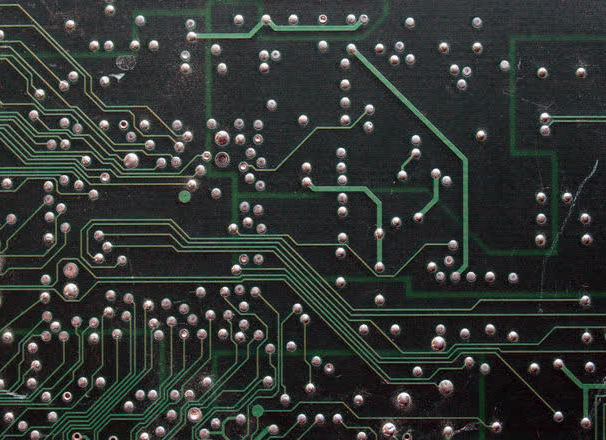The light source required for optical fiber communication of SMT laser devices should be a light source that can be modulated at a high speed in order to carry large-capacity information. Such as lasers and light-emitting tubes. The so-called "modulation" is to change the intensity of light according to the information to be transmitted to carry information.
SMT patch processing plant strengthens the quality management system ISO9001 to escort the development of the enterprise
The light source required for optical fiber communication should be a light source that can be modulated at a high speed in order to carry large-capacity information. Such as lasers and light-emitting tubes. The so-called "modulation" is to change the intensity of light according to the information to be transmitted to carry information. In 1960, Maimen invented the ruby laser. The main difference between laser and ordinary light is that the light frequency of laser is very simple and has linear spectrum. It is called coherent light in optics, and it is most suitable as a light source for optical fiber communication. The light frequency of ordinary light is very messy, and it contains many wavelengths.

The light frequency of ordinary light is very messy, and it contains many wavelengths. The characteristic of coherent light is that the light energy is concentrated, the divergence angle is very small, and it is similar to parallel light. After the invention of the ruby laser, a variety of lasers were born: gas lasers, such as helium-neon lasers; solid-state lasers, such as YAG iridium aluminum garnet lasers; chemical lasers; dye lasers, etc. Among them, the semiconductor laser is the most suitable light source for optical fiber communication. It is small in size, high in efficiency, and its wavelength is compatible with the low loss window of optical fiber. However, the manufacturing process of SMT semiconductor lasers is very complicated. It needs to epitaxially grow 5 layers of doped semiconductors on extremely high-purity and defect-free substrate materials, and then lithographically engrave micron-sized optical waveguides on it. Compared with optical fibers, the difficulty is that Nothing is too late. At the end of the 1970s, a long-life semiconductor laser with continuous working at room temperature was finally made. In 1976, the world's first practical optical fiber communication line was established from Atlanta to Washington. At this time, the semiconductor laser has not yet passed the test, and the light source is a semiconductor light-emitting tube. In the early 1980s, single-mode fibers and lasers had matured, and since then the superiority of large-capacity optical fiber communications has gradually been brought into play.
The light emitted by the SMT semiconductor laser has a pure spectrum, concentrated energy, and a very thin beam, which can efficiently shoot into a single-mode fiber with a core diameter of only 8 microns. Today's SMT high-speed optical fiber communication system department uses semiconductor lasers as the light source.